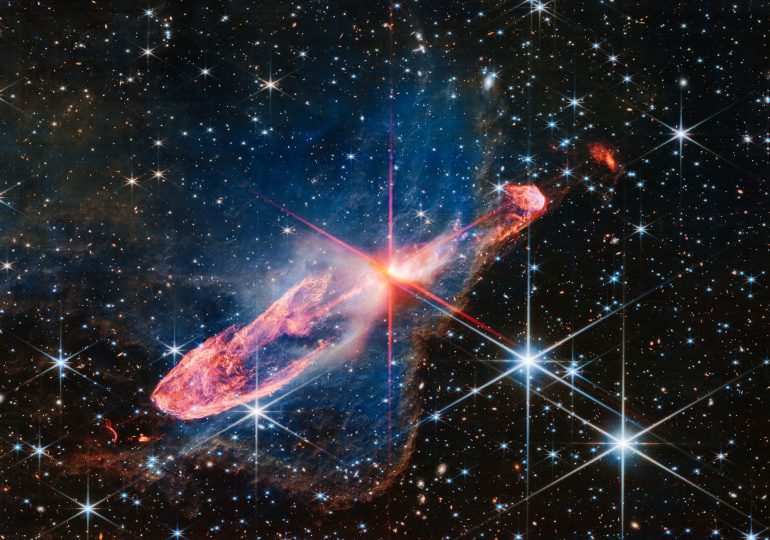[time-brightcove not-tgx=”true”]
It’s been both a punishing and triumphant two years for the James Webb Space Telescope. Launched on Christmas Day 2021, the $10 billion observatory spent its first 30 days traveling through the deep freeze of deep space until it reached its destination 1.6 million km (1 million mi.) from Earth. This region marks a spot where the gravity of the Earth and the sun neutralize each other, allowing the Webb telescope to hang stationary in space. Once in position, the telescope spent several more months bringing its hardware online and deploying a tennis-court-sized sunshield that protects it from solar radiation, chilling its instruments down to a frigid -266°C (-447°F). Such bitter temperatures are necessary because, unlike the Hubble Space Telescope, which sees principally in the visible spectrum, the Webb sees in the infrared. Any stray heat would spoil a Webb image the way stray light would spoil the image of a traditional film camera.
This year was Webb’s first full year in service—and it paid off big, returning the following images and thousands more. The pictures are not just eye candy. They teach astronomers about how stars are born, and how they die; how galaxies collide and merge; how massive galactic clusters are created; why some stars, which should live for 10 billion years, die after only a few thousand; and more. With up to 20 years of operational life left to the telescope, there should be tens of thousands more images to come. Webb was designed, built, and launched to discover the unknown. Its Christmas gift to the world is that it’s doing just that.
Leave a comment
















